Are you ready to embark on a journey through the vibrant world of Colombian-themed cake decorating? Whether you’re planning a birthday celebration with a cultural twist or simply looking to add a unique flair to your baking projects, Colombian-inspired cakes offer a rich tapestry of flavors, colors, and traditions to explore. From the iconic arepa to the beloved empanada, Colombian cuisine provides endless inspiration for creating stunning desserts. In this article, we’ll dive into the famous cakes that define Colombian culture, discover current trends in cake decorating, and uncover expert tips for crafting Colombian-themed cakes that are as delicious as they are visually captivating. Get ready to transform your baking skills and wow your guests with these incredible Colombian-themed cake ideas!
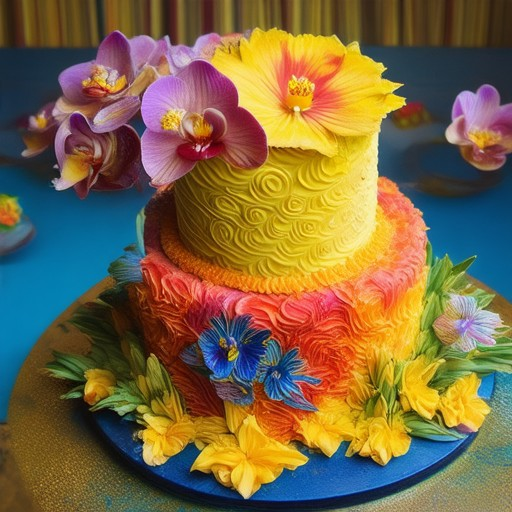
Torta Negra Colombiana: The Famous Colombian Cake
The famous cake in Colombia is the Torta Negra Colombiana , a traditional dessert known for its rich flavors and historical significance. This cake is a staple at weddings, birthdays, and holiday celebrations, particularly during Christmas.
- Ingredients: Made with dried figs, raisins, wine, and rum, this cake is infused with the rich flavors of Colombia’s culture.
- Significance: It symbolizes prosperity and joy, often served at important family gatherings and festive events.
- Occasions: Popular for weddings, birthdays, and Christmas celebrations, where it is enjoyed by people of all ages.
- History: Originating in the colonial era, this cake has evolved into a beloved tradition across the country, with each region adding its unique twist to the recipe.
The Torta Negra Colombiana is not just a dessert but a cultural icon, representing the warmth and richness of Colombian heritage. Its combination of sweet and savory elements makes it a truly unique treat.
For those looking to explore more about Colombian baking traditions, visit our Tort Decor platform for expert tips and inspiring recipes.
Current Trends in Cake Decorating
Cake decorating has evolved significantly over the years, with new techniques, flavors, and designs emerging as popular choices among both professionals and home bakers. Here are some of the most notable trends shaping the cake decorating scene in 2025:
- Geometric Shapes and Patterns : Modern cakes often feature intricate geometric patterns or symmetrical designs, giving them a contemporary aesthetic. This trend is influenced by minimalist art and architecture, making it a favorite among decorators who want to create visually striking yet elegant desserts.
- Vibrant and Bold Colors : Bright, eye-catching colors are dominating cake decoration. From neon hues to jewel tones, these colors add a pop of energy to both simple and elaborate cakes. Paired with pastel backgrounds, they create a striking contrast that draws attention.
- Seasonal and Thematic Cakes : Seasonal-themed cakes are becoming increasingly popular, with decorators incorporating elements like fall leaves, winter snowflakes, spring blossoms, and summer fruits. These cakes often double as centerpiece decorations for special occasions.
- Eco-Friendly Ingredients : There’s a growing demand for cakes made with sustainable and organic ingredients. Decorators are experimenting with plant-based dyes, vegan-friendly frostings, and gluten-free flours to cater to health-conscious consumers.
- 3D Effects : Advanced decorating techniques are allowing bakers to create three-dimensional effects, such as raised Relief Designs and Multi-Level Cakes. These complex structures are achieved using fondant, marzipan, and careful layering to mimic real architectural elements.
These trends reflect a blend of artistic innovation, cultural influences, and evolving consumer preferences. Whether you’re planning a wedding, a birthday party, or simply looking for a decorative challenge, these modern cake decorating techniques offer endless possibilities for creativity and personalization.
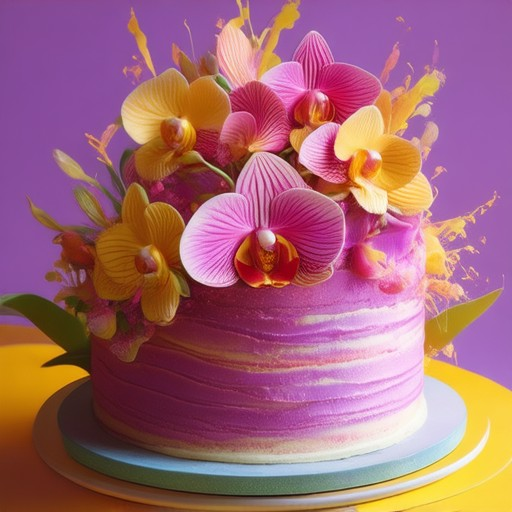
Top Cake Trends for 2025
Trending cakes in 2025 reflect a blend of innovation, health-consciousness, and artistic expression. Here are the most notable developments:
- Plant-Based and Gluten-Free Cakes: With increasing dietary awareness, plant-based and gluten-free options remain popular. Brands like Tort Decor offer a variety of recipes tailored to these preferences.
- Exotic Flavor Combinations: Chefs are experimenting with unique flavor profiles, such as matcha green tea, lavender, and chili chocolate. These combinations are gaining traction among adventurous bakers.
- Sustainability in Baking: Eco-friendly packaging and locally sourced ingredients are becoming priorities. Many bakeries now offer biodegradable wrappers and seasonal, local ingredients.
- Artistic Cake Designs: Aesthetic appeal is more important than ever. Intricate designs, edible flowers, and vibrant color palettes are dominating social media and special occasions.
- Customizable Cakes: Personalization is key. From themed celebrations to personalized logos, custom cakes are in high demand for weddings, birthdays, and corporate events.
- Virtual Baking Experiences: Augmented reality apps allow users to design and visualize cakes before ordering. This trend is expected to grow alongside the rise of immersive baking experiences.
- Fusion of Global Cuisines: Cakes are increasingly inspired by international flavors, such as Japanese mochi, Korean tteokbokki, and Mexican churros. Fusion cakes are becoming a cultural phenomenon.
- Nostalgic Comfort Foods: Classic cake recipes are being reimagined with modern twists, such as CBD-infused cakes and low-carb versions. These offerings cater to diverse consumer needs.
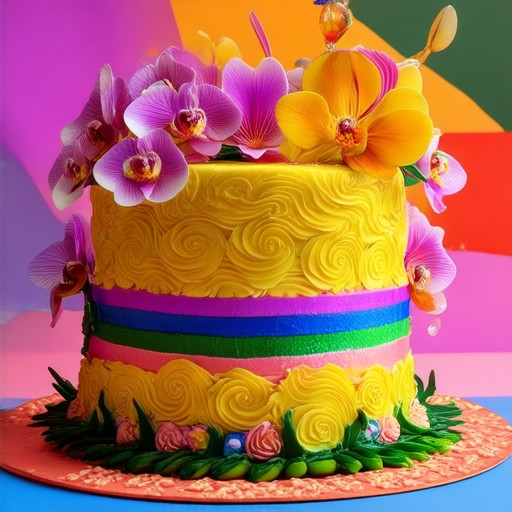
Five Kinds of Cake Decorating
Here are five primary categories of cake decorating techniques, each offering unique ways to enhance the aesthetic appeal of your baked goods:
- Piping and Frosting Techniques
This involves creating decorative patterns, borders, and figures using various piping tools like tips, bags, and tubes. Common styles include roses, shells, and zigzag designs. Frosting can be applied to add sheen and flavor, often paired with edible glitter or colored sugars for extra flair. - Sugar Art and Candy Sculptures
Advanced decorators use handcrafted sugar flowers, fruits, and vegetables to create lifelike sculptures. These are often used to decorate wedding cakes or elaborate celebration cakes. Techniques involve detailed hand-piping and air-drying to preserve the shape and color. - Marbling and Texture Effects
Marbling creates swirling, colorful patterns within the cake batter before baking. Textures can be achieved through techniques like the “naked cake” style, which exposes the raw dough sides, or using tools like the offset spatula for a smoother finish. - Seasonal and Event-Specific Decorations
Decorators often tailor designs to match holidays, birthdays, or special events. Popular options include Christmas-themed cakes with candy canes and snowflakes, or birthday cakes featuring numerals and celebratory motifs. - Additional Tips and Resources
To master these techniques, consider exploring tutorials and guides from professional sources like Wilton or CakeDecorators.com . These platforms offer step-by-step instructions, video demonstrations, and supply recommendations to help you achieve polished results.
By experimenting with these methods, you can customize your cakes to suit any occasion while showcasing your creativity and skill.
What is a Cake Without Frosting Called?
A cake without frosting is commonly referred to as a naked cake . This term emphasizes the absence of traditional frosting, often highlighting the natural beauty of the cake’s design. Naked cakes have gained popularity due to their minimalist appeal and the ability to showcase the cake’s texture and ingredients more prominently.
Characteristics of Naked Cakes:
- Minimal Decoration : Unlike frosted cakes, naked cakes typically feature simple decorations or none at all, allowing the cake itself to take center stage.
- Rustic Appeal : The lack of frosting often gives naked cakes a rustic, artisanal look, making them ideal for casual gatherings or themed events.
- Focus on Flavor : Some argue that the absence of frosting allows the cake’s flavor to shine, as the sweetness of the frosting may overpower the cake’s inherent taste.
Why Choose a Naked Cake?
- Simplicity : Perfect for those who prefer a less elaborate dessert.
- Visual Interest : The exposed sides and top of the cake create a visually striking presentation.
- Dietary Considerations : Some opt for naked cakes to reduce sugar and calorie intake associated with heavy frostings.
The trend of naked cakes has grown in recent years, reflecting a shift toward more natural and less processed desserts. Whether for a wedding, birthday, or everyday treat, a naked cake offers a unique and elegant option that appeals to many tastes.
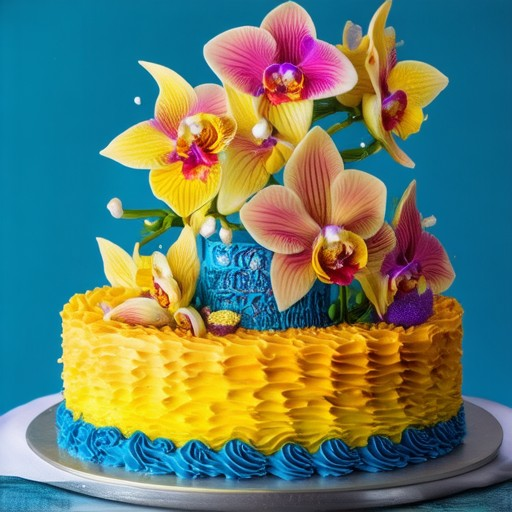
Types of Cake Icing Explained
Choosing the right icing for your cake can significantly impact its appearance and taste. Here are some of the most popular types of cake icing, each suited for different occasions and preferences:
- Royal Icing : A classic choice, royal icing is a thick, smooth mixture of butter, sugar, milk, and vanilla extract. It dries hard, creating a glossy finish ideal for detailed decorations. Its stability makes it excellent for piping intricate designs.
- Buttercream : Known for its creamy texture, buttercream is a versatile icing that spreads easily and dries to a soft sheen. It’s a favorite for simple decorations and filling between cake layers.
- Fondant : This flexible icing is perfect for elaborate designs, such as roses, leaves, and other decorative elements. It requires patience as it dries slowly, allowing for precise shaping and detailing.
- Swiss Meringue Buttercream : A lighter version of buttercream, Swiss meringue adds egg whites for a fluffy texture. It’s ideal for delicate pipings and provides a smooth finish, making it great for fine details.
- Ganache : A rich, chocolate-based icing that coats the outside of cakes beautifully. Ganache sets quickly, making it a good choice for short-term decorations, though it may require reapplication over time.
- Cream Cheese Icing : Tangy and creamy, cream cheese icing is a popular choice for flavor and ease of spreading. It holds up well and pairs nicely with fruit-filled cakes, offering a refreshing taste.
Conclusion: The “best” icing depends on your personal preference and the occasion. Royal icing is excellent for detailed decorations, buttercream is versatile for everyday use, and fondant offers artistic possibilities. Consider your cake’s design and dietary preferences when choosing the perfect icing!

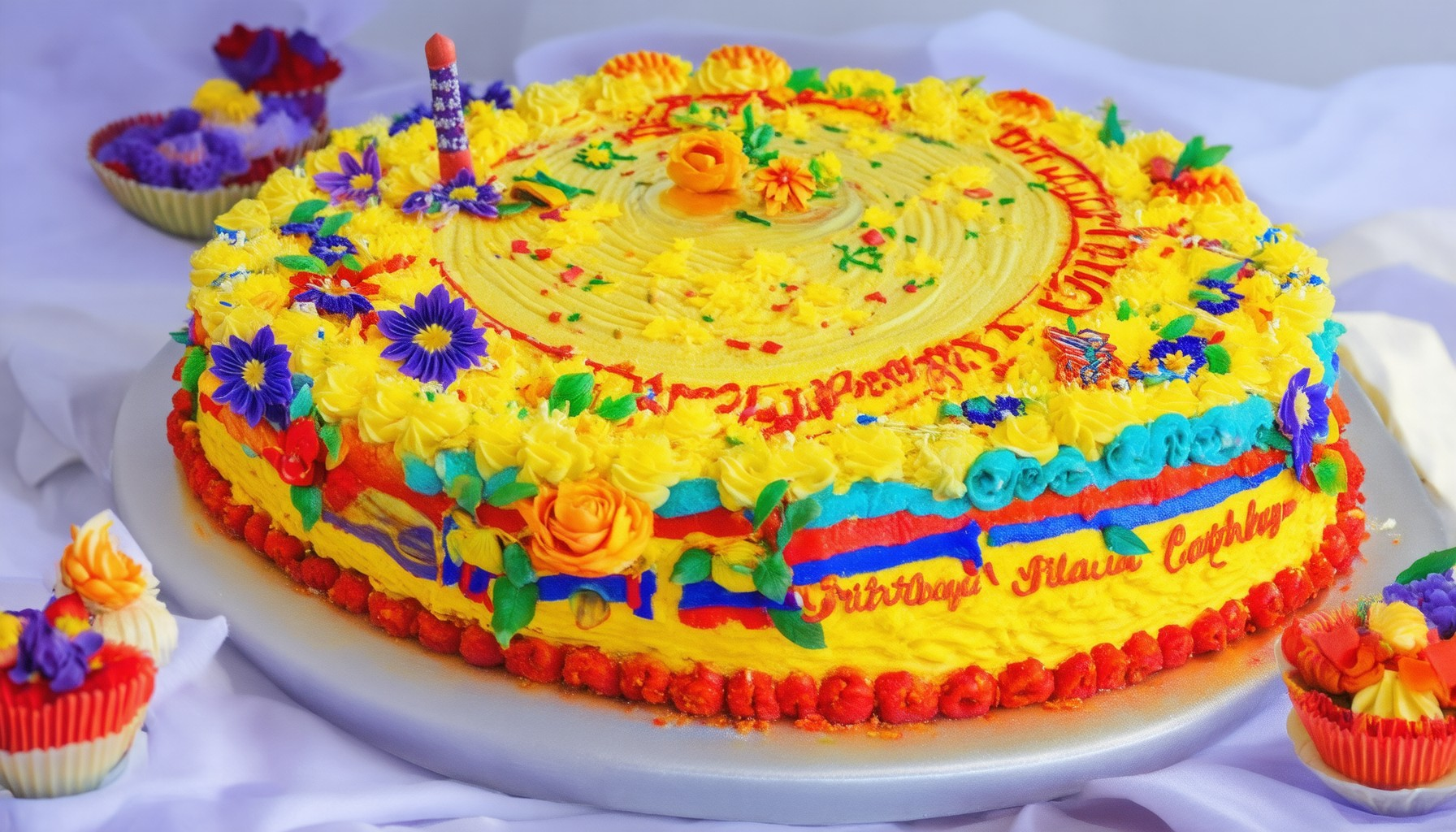
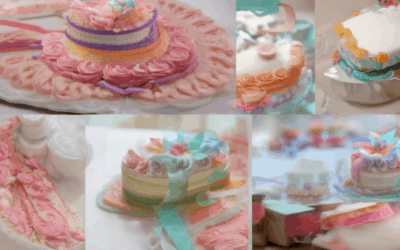
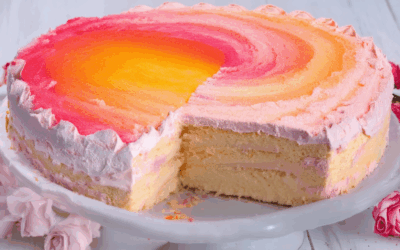
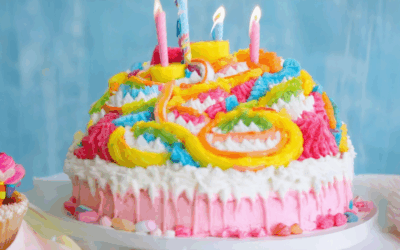
0 Comments